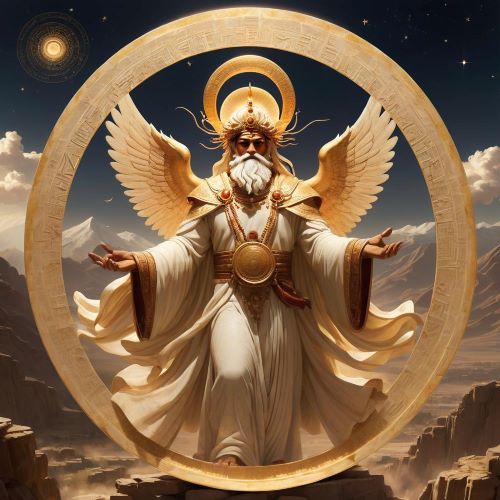Iranian Mythology
Iranian mythology is a genre of ancient Persian folklore that focuses on the various characters and stories told by ancient Persians and those who inhabit the modern geographical area of Iran. These tales reveal the origin and nature of the world and the various rituals and festivals associated with deities and heroes. These myths shed light on the religious and political institutions of not only modern-day Iran but the Greater Iran, which includes regions of West Asia, Central Asia, South Asia and Transcaucasia where Iranian culture has had significant influence.
During the pre Islamic period, the regions surrounding Iran were ruled by various empires, which incorporated various aspects of Persian culture. The term Iranian cultural continent is often used to refer to these regions.
Most of the characters in Iranian mythology are either good or evil. The depiction of these characters mirrors the ideals of the early Islamic period, as well as the Zoroastrian period, which was characterized by the demonization of the world.
The Early Iranian gods in mythology had their own field of expertise, which they would use to pray for specific needs. The concept of monotheism was considered preposterous at that time, as it was believed that no god could attend to the various needs of people. Zoroaster’s vision of Ahura Mazda during the 1500s to 1000 BCE revealed that there were only two Supreme Deities, and this would supposedly eliminate the various deities that people had mistakenly thought.
The 12 most prominent of these “emanations” were retained by the new religion when it was established. Ahura Mazda was named as the Supreme God of Zoroastrianimism, while Angra Mainyu was his opponent. Mithra, Anahita, and Atar would continue to represent Ahura’s protective aspects.

























